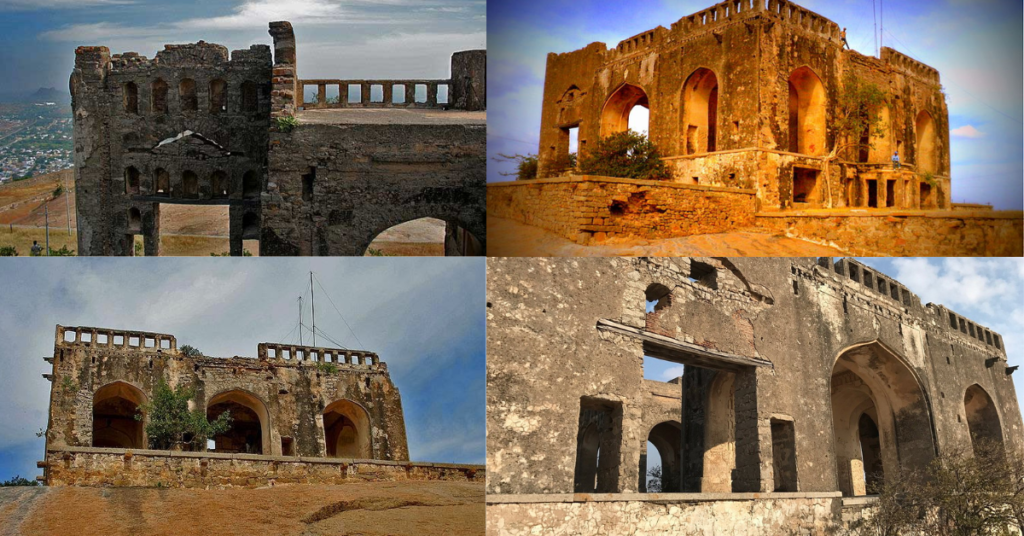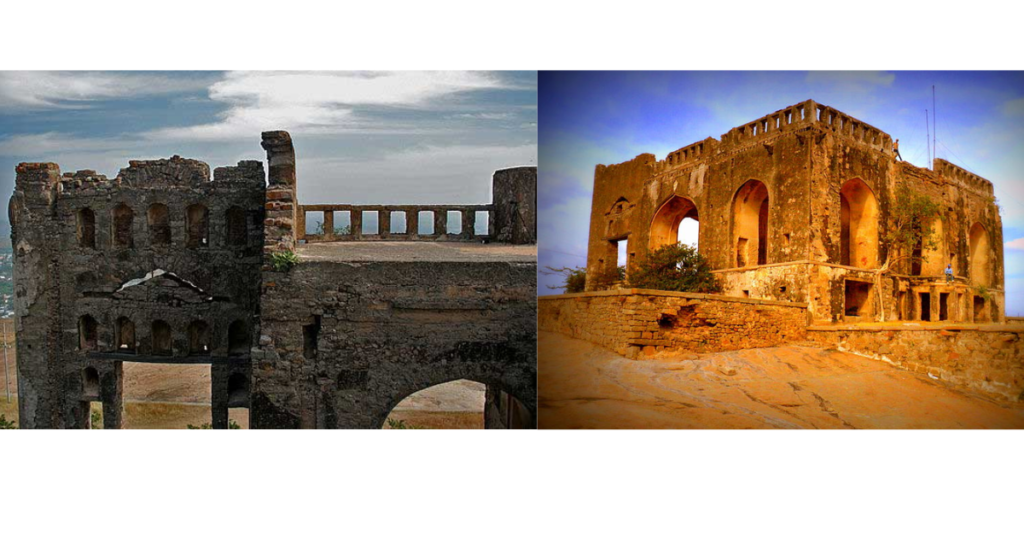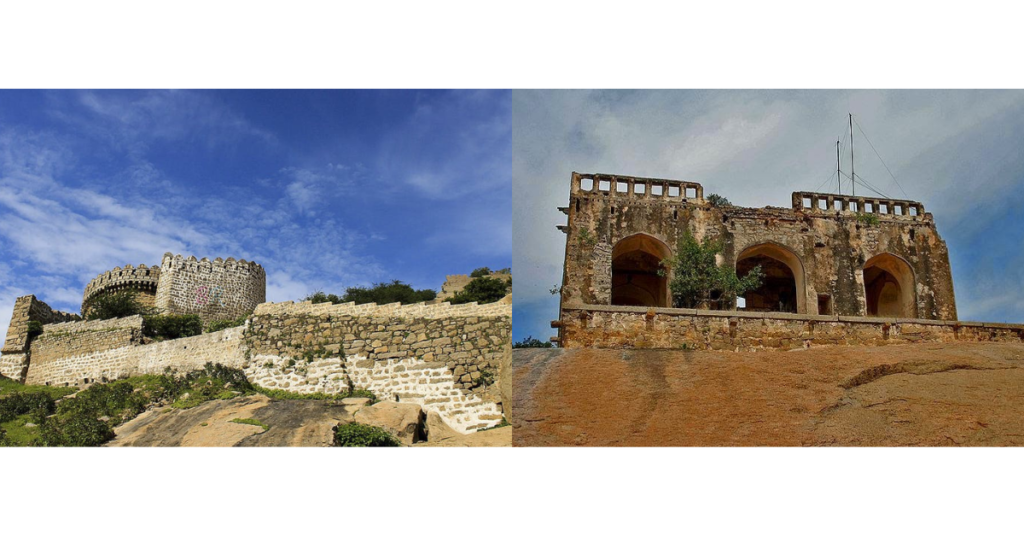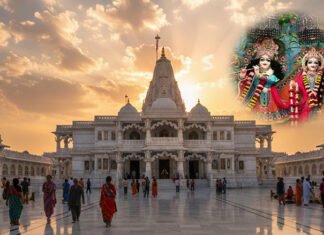A Fortress Through Time
Bhongir Fort, a colossal hilltop fortress, stands as a proud testament to the rich history and architectural prowess of Telangana. Perched atop a monolithic granite hill, this imposing structure has witnessed centuries of valor, battles, and cultural evolution. Its strategic location, commanding a panoramic view of the surrounding plains, has made it a coveted stronghold for rulers throughout history.

Visit place: Ramappa Lake: Your Perfect Getaway in Warangal
A Glimpse into History
The origins of Bhongir Fort are shrouded in the mists of time. However, historical records suggest that it was initially built by the Kakatiya dynasty, renowned for their architectural brilliance. The fort reached its zenith during the reign of Rani Rudrama Devi, a legendary warrior queen who expanded the Kakatiya empire. The fort’s strategic importance was further enhanced by its role as a key defense against the invading Delhi Sultanate.
Over the centuries, Bhongir Fort changed hands multiple times, with rulers from various dynasties vying for control. The Qutub Shahis, the Mughals, and the Nizams, among others, left their mark on the fort, adding layers of history to its already imposing structure. Despite facing numerous attacks and sieges, Bhongir Fort stood tall, a symbol of resilience and strength.

Visit place: The beautiful view of Pakhal Lake in Warangal
Architectural Marvel
Bhongir Fort is a marvel of engineering and architectural ingenuity. The fort is divided into seven ramparts, each fortified with massive stone walls, watchtowers, and secret passages. The main entrance, a narrow and winding pathway, leads to the heart of the fort. The intricate carvings and sculptures adorning the fort walls are a testament to the artistic skills of the craftsmen who worked on it.
One of the most striking features of Bhongir Fort is its massive entrance gate, a formidable structure that once guarded the fort’s entry point. The fort also boasts several water bodies, including a well and a lake, which were crucial for the survival of its inhabitants during sieges. The strategic placement of these water sources highlights the foresight of the fort’s architects.
Exploring the Fort
A visit to Bhongir Fort is a journey back in time. As you ascend the steep slopes, you can’t help but be awestruck by the sheer magnitude of the fort. The panoramic views from the top are breathtaking, offering a sweeping vista of the surrounding countryside.
While exploring the fort, visitors can marvel at the remnants of its glorious past. The ruins of palaces, temples, and barracks offer glimpses into the lives of those who once called this place home. The fort’s labyrinthine passages and hidden chambers add to its mystique and allure.

Visit place: Experience the Spiritual Majesty of Bhadrakali Temple in Warangal
Bhongir Fort: A Tourist Paradise
Today, Fort has emerged as a popular tourist destination, attracting visitors from far and wide. The Archaeological Survey of India has undertaken the responsibility of preserving this historical gem. The fort has been developed with facilities for tourists, including parking, restrooms, and information centers.
Trekking enthusiasts can embark on an exhilarating adventure to the top of the fort, while history buffs can delve into the rich tapestry of the fort’s past. Photography enthusiasts will find ample opportunities to capture the fort’s majestic beauty.
Best Time to Visit
The best time to visit Bhongir Fort is during the winter months (October to February) when the weather is pleasant. Summers can be scorching hot, making the climb to the fort challenging.
Location and timings
Bhongir Fort is located in Warangal, about 50 kilometers from Hyderabad, the capital of Telangana.
Bhongir Fort’s hours are from 10:00 am to 5:00 pm. Every day
Admission Charge:
Five rupees for Indians
For foreigners, 100.00 rupees
25.00 rupees for a videography camera
The price per person for the Light and Sound Show is 130.00 rs.
A Day Out at Bhongir Fort
A visit to Bhongir Fort can be a full-day excursion. After exploring the fort, visitors can relax at one of the nearby picnic spots, enjoying the serene surroundings. There are also opportunities for trekking, rock climbing, and birdwatching in the area.
Preserving a Heritage
Bhongir Fort is not just a historical site; it is a living heritage. Efforts are underway to preserve and restore the fort to its former glory. Visitors can contribute to these efforts by following the guidelines and regulations set by the authorities.
Conclusion
Bhongir is more than just a historical monument; it is a living testament to the indomitable spirit of the people who built and defended it. A visit to this magnificent fortress is a journey through time, an opportunity to connect with the past and appreciate the architectural brilliance of our ancestors.
FAQS
ANS) Bhongir Fort is a historical place located in Bhuvanagiri, Telangana, India. It’s known for its massive rock structure and rich history.
ANS) The fort’s origins can be traced back to the 10th century, built by the Chalukya ruler, Tribhuvanamalla Vikramaditya VI
ANS) Climbing the fort involves a moderate hike. It’s advisable to wear comfortable shoes and carry water.
ANS) The best time to visit is during the cooler months, from October to March, to avoid the scorching heat.
ANS) The nearest airport is in Hyderabad, followed by a train or bus journey to Bhuvanagiri. Local transportation can be arranged from Bhuvanagiri to the fort.











